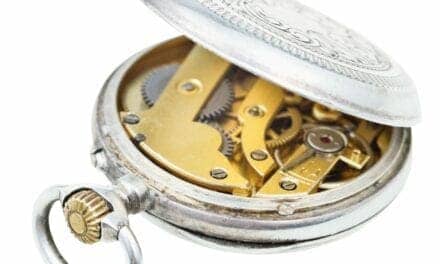Neurocrine Biosciences, a neuroscience-focused biopharmaceutical company, announced that their investigational medication did not meet its primary endpoint in their Phase 2 study evaluating the efficacy, safety, tolerability and pharmacokinetics of NBI-827104 compared to placebo in pediatric patients with epileptic encephalopathy with continuous spike-and-wave during sleep (EE-CSWS). NBI-827104 was generally well tolerated.
EE-CSWS is a rare pediatric developmental and/or epileptic encephalopathy that is characterized by a continuous or nearly continuous spike and wave electroencephalogram (EEG) pattern during the non-rapid eye movement (NREM) phase of sleep, and regression or stagnation in cognitive, language, behavioral, or motor functions.
“While we did not meet the primary endpoint for this Phase 2 study, we remain committed to advancing care for patients living with epilepsy, including rare pediatric forms,” says Eiry W. Roberts, MD, chief medical officer, in a statement. “We will continue to analyze the rich data set generated from this study to determine next steps. We are grateful to everyone involved in the study, especially our study participants, their families, and our investigators.”
NBI-827104 is an investigational, selective, and orally active brain-penetrating T-type calcium channel blocker (Cav 3.1, Cav 3.2, Cav 3.3) in development for the potential treatment of EE-CSWS.
The Phase 2 study is a randomized, double-blind, placebo-controlled Phase 2 study that evaluated the efficacy, safety, tolerability, and pharmacokinetics of NBI-827104 when administered once daily up to 13 weeks in pediatric patients with EE-CSWS.
The primary endpoint was a reduction from baseline as compared to placebo in the ratio of spike-wave index (SWI) when measured after 6 weeks of study treatment. The SWI, a measure of the percentage of sleep affected by epileptic activity, was measured during the first hour of non-rapid eye movement (NREM) sleep by independent and centralized readings of overnight video-electroencephalograms (EEGs).
Photo: ID 118359561 © Irinayeryomina | Dreamstime.com




